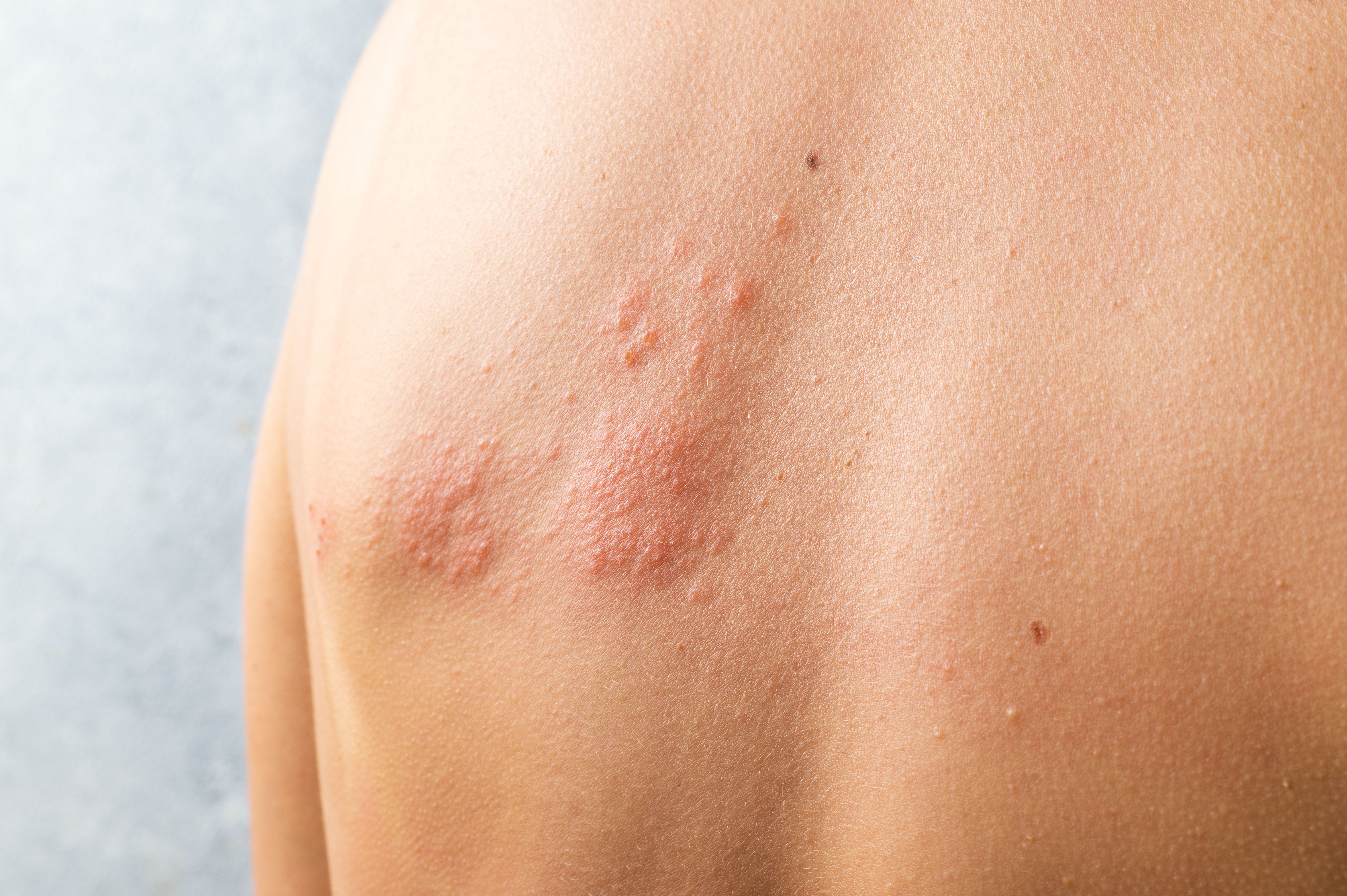- Acne
- Actinic Keratosis
- Aesthetics
- Alopecia
- Atopic Dermatitis
- Buy-and-Bill
- COVID-19
- Case-Based Roundtable
- Chronic Hand Eczema
- Chronic Spontaneous Urticaria
- Drug Watch
- Eczema
- General Dermatology
- Hidradenitis Suppurativa
- Melasma
- NP and PA
- Pediatric Dermatology
- Pigmentary Disorders
- Practice Management
- Precision Medicine and Biologics
- Prurigo Nodularis
- Psoriasis
- Psoriatic Arthritis
- Rare Disease
- Rosacea
- Skin Cancer
- Vitiligo
- Wound Care
News
Article
Modified Irritation Study Reveals Tazarotene 0.045% Less Irritating Than Trifarotene, Adapalene
Author(s):
Tazarotene was significantly less irritating to the skin than trifarotene and numerically less irritating than adapalene, according to a poster presented at SDPA Fall 2023.
sashka1313/Adobe Stock

Tazarotene 0.045% is significantly less irritating than trifarotene 0.005% and numerically less irritating than adapalene 0.3%, according to a poster presented at the 2023 Society of Dermatology Physician Assistants Fall Conference in Nashville, TN.1
Authors of a recent modified cumulative irritation study sought to assess the tolerability of trifarotene versus tazarotene versus adapalene, noting that cutaneous irritation as a result of topical retinoids may limit use and adherence from patients—an important factor given the role they play as a mainstay in the acne treatment armamentarium.
Adult patients with normal upper back skin and Fitzpatrick skin types I-II were enrolled in 2 identical, 12-day irritation patch studies.
In each of the 2 studies, 3 patches were applied to patients’ backs in a double-blind, randomized fashion. Of the 3 patches, 2 contained active ingredients and 1 contained a control product. Patches were placed on the skin every 2 to 3 days for a total of 5 applications.
In the first study, active ingredient patches contained either 0.1 cc of adapalene 0.3% gel or 0.1 cc of tazarotene 0.045% lotion. In the second study, active ingredient patches contained 0.1 cc of trifarotene 0.005% cream or tazarotene 0.045% lotion.
Upon each patch removal, investigators assessed dermal and other effects using a Likert scale.
In the first study, investigators found that while average differences in dermal effects scores were not of statistical significance, both tazarotene and adapalene were deemed mildly irritating in nature.
In the second study, on average, dermal effects scores were significantly higher in areas tested with trifarotene than with tazarotene as early as the first assessment and patch removal. This average only increased after each removal and examination.
“Tazarotene 0.045% lotion was significantly less irritating than trifarotene 0.005% cream. Tazarotene 0.045% lotion was numerically less irritating than adapalene 0.3% gel, one of the best-tolerated topical retinoids," study authors wrote. “Tazarotene 0.045% lotion allows for simultaneous, uniform, and rapid delivery of hydrating ingredients along with less than half the concentration of tazarotene versus other commercially available.”
Reference
- Draelos Z, Farris F, Baldwin H, Tanghetti E. Comparison of cutaneous irritation with repeated application of tazarotene 0.045% lotion, adapalene 0.3% gel, and trifarotene 0.005% cream. Poster presented at the 2023 Society of Dermatology Physician Assistants Fall Conference, October 26-29; Nashville, TN.
Make sure to keep up to date with the latest in coverage from the conference and subscribe to Dermatology Times to receive daily email updates.
Newsletter
Like what you’re reading? Subscribe to Dermatology Times for weekly updates on therapies, innovations, and real-world practice tips.















